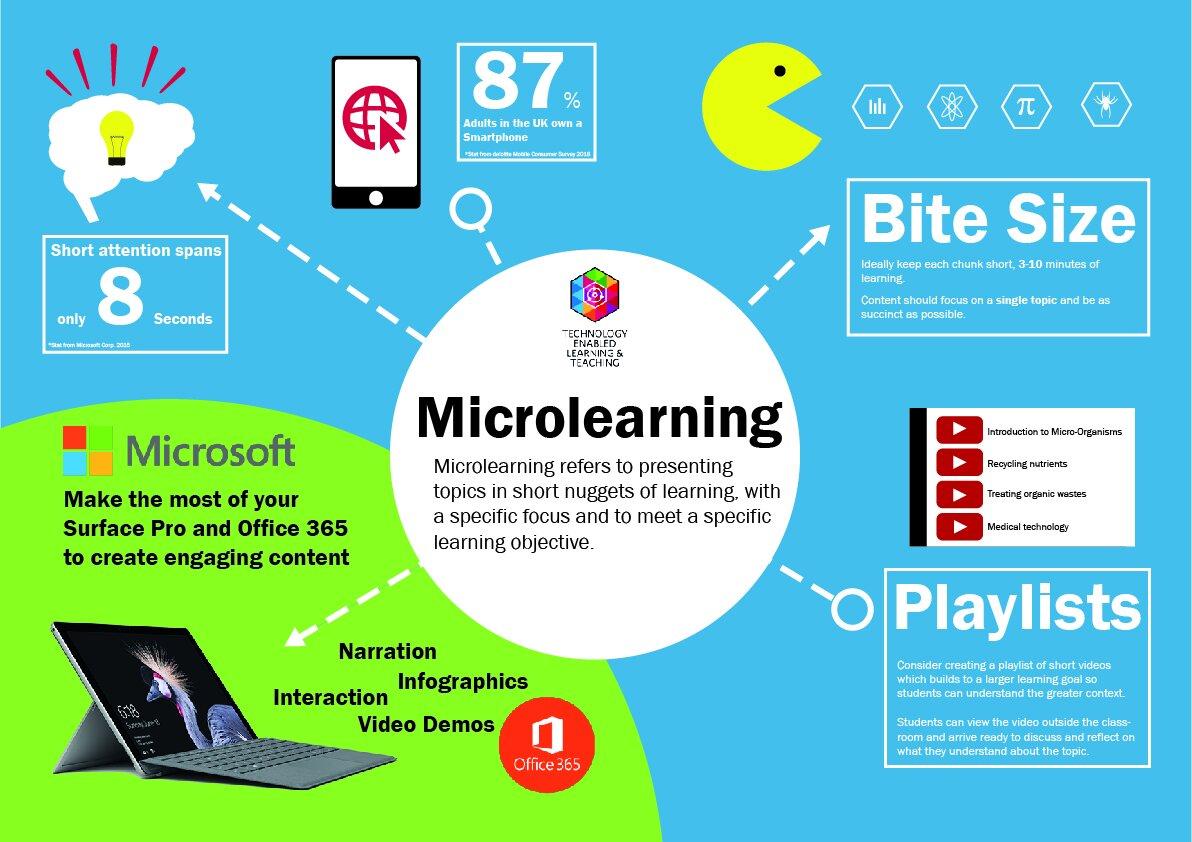The Future of Microlearning in Education: Revolutionizing Teaching and Student Success
education is on the cusp of a radical conversion, and at the forefront of this change is microlearning. As classrooms worldwide grapple with the challenges of keeping students engaged, personalizing learning journeys, and leveraging technology, microlearning offers a powerful, modern approach. But what exactly is microlearning, and how is it revolutionizing teaching and student success?
Introduction: What is Microlearning?
Microlearning refers to educational experiences delivered in short, focused segments—often lasting anywhere from a few seconds to 15 minutes. These bite-sized lessons center on single learning objectives, making knowledge more accessible and easier to retain. With the rise of digital devices and on-demand culture, microlearning in education is rapidly gaining traction among teachers, institutions, and students worldwide.
The Evolution of Microlearning in Education
Originating from the world of corporate training and professional advancement, microlearning has quickly migrated into mainstream education. Propelled by advances in educational technology, such as mobile apps, e-learning platforms, and gamification, microlearning is now a cornerstone of innovative teaching strategies for both K-12 and higher education.
- Mobile Accessibility: Smartphones and tablets enable learning on the go, turning any surroundings into a potential classroom.
- Personalized Content: Microlearning modules can be easily customized to individual learning speeds and preferences.
- engagement Tools: Interactive quizzes, videos, and flashcards keep students motivated and challenged.
Key Benefits of Microlearning for Students and Educators
Why are so many educators adopting a microlearning approach? Here are some of the most important advantages:
For Students
- Enhanced retention: short, focused lessons help learners absorb and remember key concepts more effectively.
- Flexible Learning: Students can access learning materials at their convenience, fitting study around their schedules.
- Immediate Feedback: Quizzes and rapid assessments allow learners to gauge understanding and adjust their pace.
- Increased Motivation: Bite-sized challenges make progress tangible, helping students stay engaged and invested in their education.
For Educators
- Effortless Content Updates: Short modules can be quickly revised to reflect new curriculum standards or feedback.
- Data-Driven Insights: Analytics from e-learning platforms help teachers identify knowledge gaps and tailor instruction.
- Differentiated instruction: Microlearning supports the creation of personalized pathways, helping reach students of all abilities.
How Microlearning is Revolutionizing Teaching Methods
The adoption of microlearning strategies in education is reshaping the traditional classroom in several exciting ways:
- Flipped Classrooms: teachers assign microlearning content as homework, freeing up in-class time for discussion, collaboration, and hands-on activities.
- Blended Learning Models: Microlearning integrates seamlessly with longer lessons,bridging in-person and digital learning experiences.
- On-Demand Learning: Students can revisit challenging concepts or get a quick refresher whenever they need support, reducing learning anxiety.
- Continuous Assessment: Frequent, low-stakes assessments provide real-time insights into student progress, enabling responsive teaching.
Practical Tips: How to Implement Microlearning in the Classroom
Embracing microlearning doesn’t require a complete classroom overhaul. Here are some actionable tips to help educators get started:
- Start Small: Begin by breaking down lessons into the smallest, most meaningful chunks.
- Leverage Technology: use educational apps, learning management systems (like wordpress LMS plugins), or platforms such as Kahoot! and Quizlet to create interactive content.
- Mix Up Formats: Incorporate videos, podcasts, slideshows, infographics, and quick polls to keep content engaging.
- Encourage Reflection: Include short reflection prompts or discussion boards to deepen understanding and connect learning to real-life experiences.
- Monitor and iterate: Use analytics and student feedback to refine microlearning modules for maximum effectiveness.
Case Study: Microlearning in Action
In 2023, Green Valley High School integrated microlearning modules for their 10th grade science curriculum. Using a mixture of 5-minute video tutorials and interactive quizzes, teachers noticed:
- A 30% increase in quiz scores within the first semester.
- Improved class participation, especially among previously disengaged students.
- Reduced homework complaints, as data became more digestible and accessible on mobile devices.
Teachers reported that microlearning encouraged students to take ownership of their studies and made complex topics less intimidating.
Microlearning and the Future of Student Success
As academic standards continue to evolve, microlearning positions students to excel—not just by mastering content, but by cultivating skills in self-directed learning and digital literacy. Key upcoming trends include:
- AI-Powered Personalization: Complex algorithms will deliver microlearning content tailored to each student’s strengths and needs.
- Gamification: game-based platforms will make learning fun and competitive, deepening motivation and retention.
- Micro-certifications: Students will earn digital badges for completing micro courses, building a portfolio of documented achievements.
- Global Collaboration: Microlearning modules will be shared across borders, breaking down barriers to education worldwide.
Microlearning aligns perfectly with the demands of 21st-century learners—fast-paced, tech-savvy, and always on the move.
First-Hand Experience: Voices from the Classroom
“With microlearning, I can finally keep up in class—even when life gets busy! Five minutes a day makes a big difference.”
— Jordan, 11th Grade Student
“Switching to microlearning has transformed my teaching. My students are less overwhelmed, and I spend more time guiding them individually.”
— Ms. Alvarez, High School Math Teacher
Conclusion: Embracing the Microlearning Revolution
The future of microlearning in education is luminous, promising a more flexible, personalized, and engaging approach to teaching and learning. By breaking down barriers and empowering both students and teachers, microlearning is truly revolutionizing education for the digital age. Whether you’re an educator seeking innovative teaching methods or a student striving for success, exploring microlearning coudl be your key to a more effective, enjoyable education journey.

